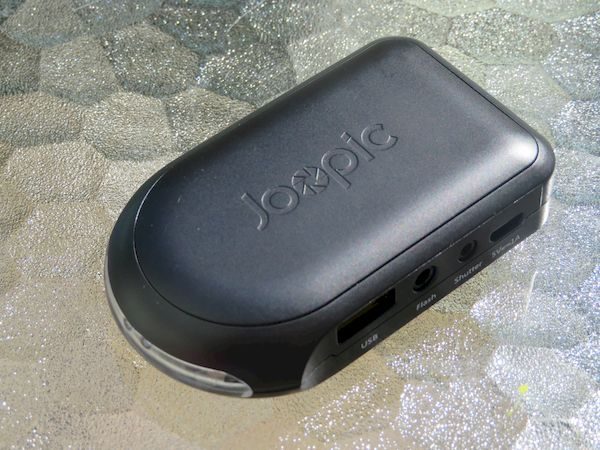
In January of 2017, I wrote a news post about the Joopic CamBuddy Pro. The folks at Joopic enjoyed the news post and provided me a Joopic CamBuddy as a sample to review. The CamBuddy provides WiFi control of the camera’s settings and also provides shutter release triggers from four different sensors: Light, sound, laser, and (on the CamBuddy Pro) radio transmitter. By combining the ability of WiFi remote control composure and viewing, an intervalometer for unattended time-lapse photography, and a multitude of remote triggering sensors, the CamBuddy provides capabilities that can be appreciated on even the latest WiFi enabled camera. Lets Take a look at what this gadget is capable of!
The Joopic CamBuddy is 3.2″ long x 2″ wide and 1″ tall – about the size of an old-school flip phone and weighs about 58 grams. (I apologize for the dated reference but nothing is that size anymore!) The unit comes with a velour carrying case, a micro USB charging cable, a N1 hotshoe mount and a micro screwdriver for uninstalling the C1 (Canon) hotshoe and replacing it with the N1 (Nikon) sized one, a protective rubber case with weather-resistant port lugs, and a Velcro cable strap.

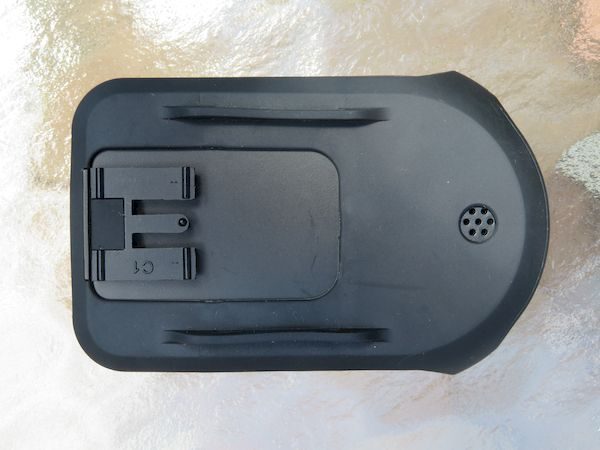
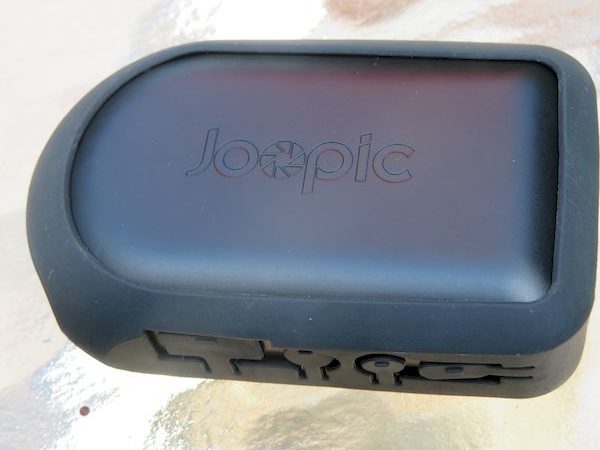
The CamBuddy also comes with the following remote trigger connection cables that fit into the 3 conductor 2.5 mm port on the side of the CamBuddy:
- DC0 shutter release cable – suitable for the following Nikon DSLR cameras: D3S, D4, D4S, D5, D300, D300S, D500, D800, D800E, D810, and D810A.
- DC2 shutter release cable – suitable for the following Nikon DSLR cameras: D600, D610, D750, DF, D90, D3100, D3200, D3300, D5000, D5100, D5200, D5300, D5500, D7000, D7100, and D7200.
- E3 shutter release cable – suitable for the following Canon DSLR cameras: 60D, 60Da, 70D, 80D, 100D (Rebel SL1), 550D (Rebel T2i / Kiss X4), 600D (Rebel T3i / Kiss X5), 650D (Rebel T4i / Kiss X6i), 700D (Rebel T5i / Kiss X7i), 750D (Rebel T6i / Kiss X8i), 760D (Rebel T6s), 1200D (Rebel T5), and 1300D (Rebel T6).
- N3 shutter release cable – suitable for the following Canon DSLR cameras: 1D Mark IV, 1D X, 1D X Mark II, 5D Mark II, 5D Mark III, 5D Mark IV, 5DS, 5DSR, 6D, 7D, 7D Mark II, and 50D.
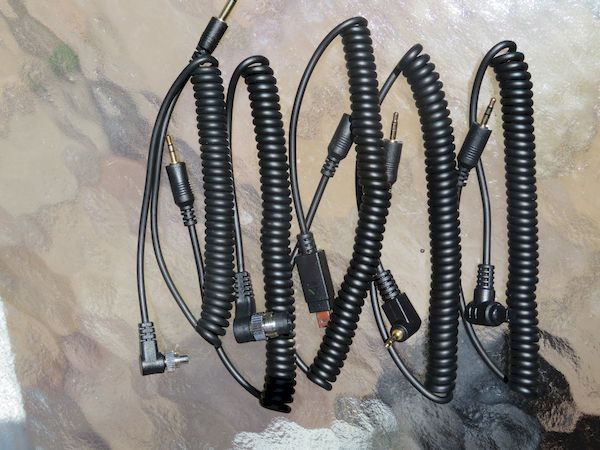
In addition, the CamBuddy comes with a 2 conductor 3.5mm to male-connector PC sync cable to enable synchronizing a flash with trigger events (Pictured to the left in the picture above).
As if that wasn’t enough, the CamBuddy also comes with a laser generator; it is essentially a laser beam with a large external battery and tripod mount to be used as a laser source for laser trigger shooting.
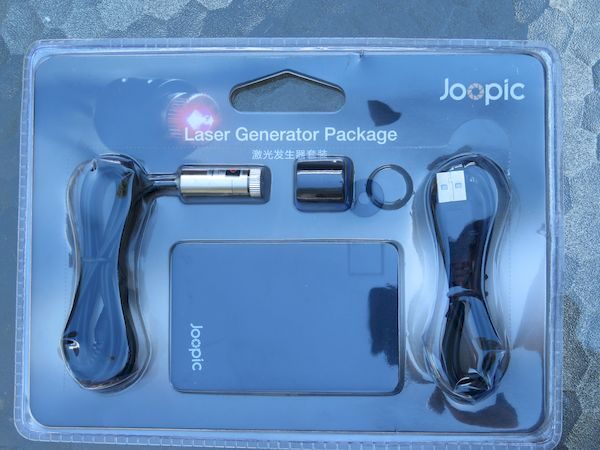
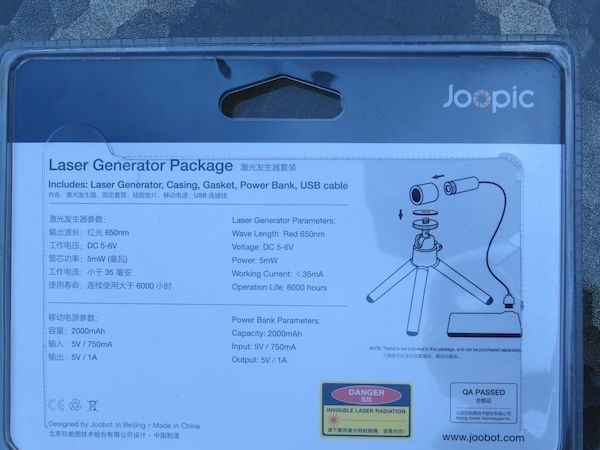
The laser should be targeted to the receiver on the left of the clear front window. The emitter end has a threaded defraction grating for making it easier to target the beam.
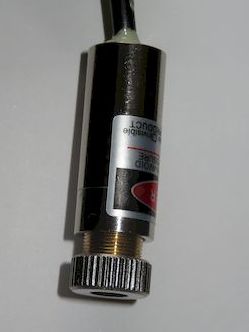
You can see the two extents of moving the defraction window in and out in the two pictures below
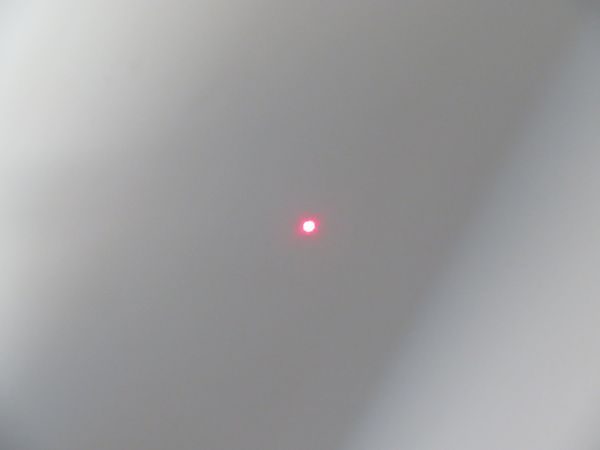
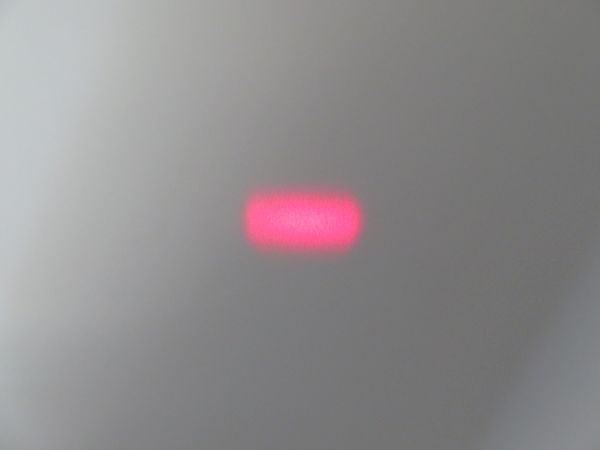
One thing that I did not receive with my sample was a manual, but you can download one from here or here.
In order to use the CamBuddy you’ll also need a USB control cable from your camera. For my Canon EOS Rebel T3i that is a customized mini USB, but your camera may have another adapter cable. When installed the CamBuddy does have plenty of wiring to and from it. In addition, considering the CamBuddy’s 4-hour continuous operation limit, you may also need to connect an external power source to the CamBuddy for long term operation. The CamBuddy’s main application is unattended use, so the two to four wires coming out of the side of the CamBuddy shouldn’t be an impediment to its normal use, but it’s definitely not “pretty.” All of these wires are on the left side of the CamBuddy to not interfere with the standard right side grip of the DSLR.
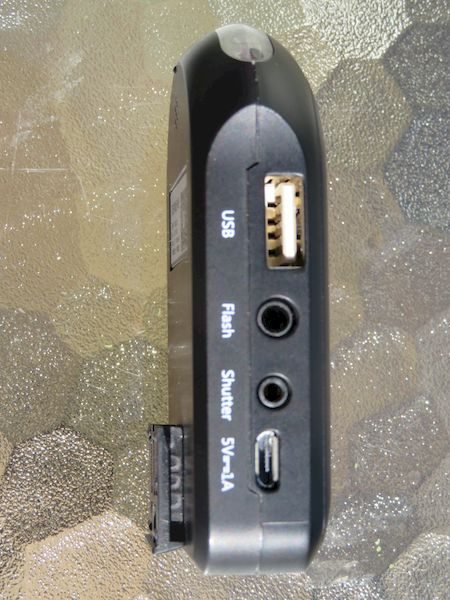
The rear of the unit has a multi color LED (red for charging, green for a full charge, blue blinking for searching, blue steady for linked, and purple for linked and charging), power switch and pin-reset switch.
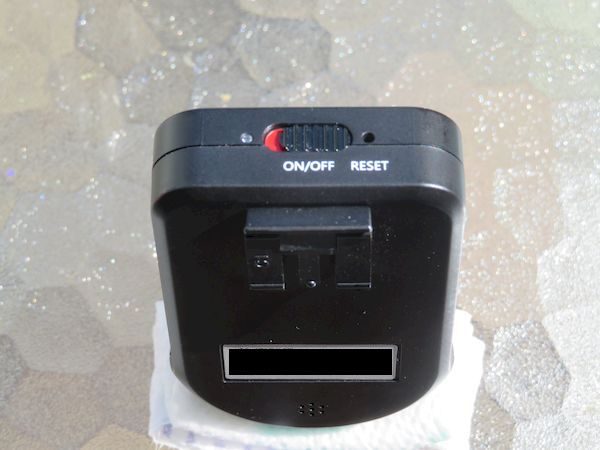
The base of the unit has holes for the microphone.
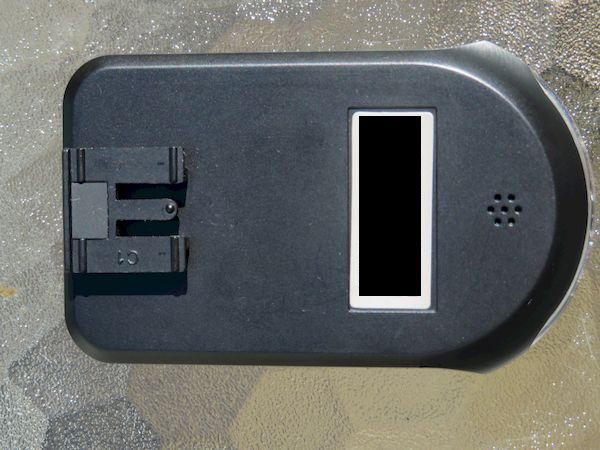
The front of the unit has two multi-color status LEDs, a receiver for infrared filtered light, and a receiver for laser light.
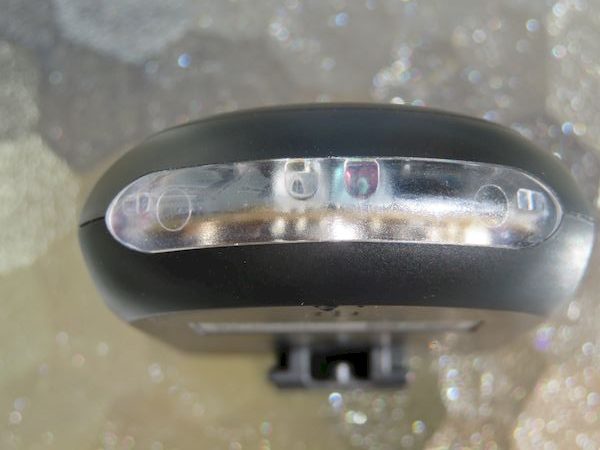
As indicated above, the CamBuddy is fitted with a hotshoe on the base of the unit, but this only serves as a convenient way to mount the unit to the camera; the mount on the CamBuddy has no electrical contacts on the hotshoe. If the hotshoe is not available the rubber boot may be used along with the supplied Velcro strip. It would be nice if the CamBuddy would also support a 1/4″-20 nut for a tripod mount.
The software can be downloaded from www.joobot.com/tools/download.
The software requires you to set up a username and password. The account will allow you to save pairing information for all of your CamBuddys no matter which device you are using. This was very convenient and allowed seamless switching from my iPhone to my Android. The reset button must be depressed for more than 3 seconds when switching accounts with the CamBuddy.
The CamBuddy uses Bluetooth in the pairing sequence but the device operates via WiFi. If there is a prevalent WiFi signal then the CamBuddy can be set up to utilize that network, and if more than one CamBuddy is controlled by a single app then the group must use an external WiFi network. However, if there is no other network available the CamBuddy can set up an ad-hoc network for communicating with the app. Outside the ad-hoc network worked pretty well up to about 87 ft away. Beyond that range the signal got spotty and it became difficult to work with and unreliable. I expect that it would fare better indoors with some surface to bounce the signal off of. But here’s a selfie from 100 ft away.
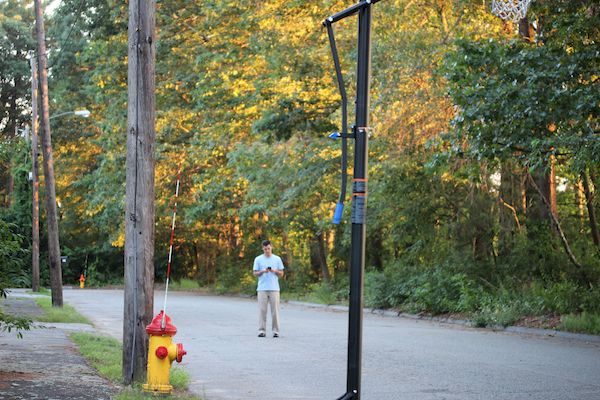
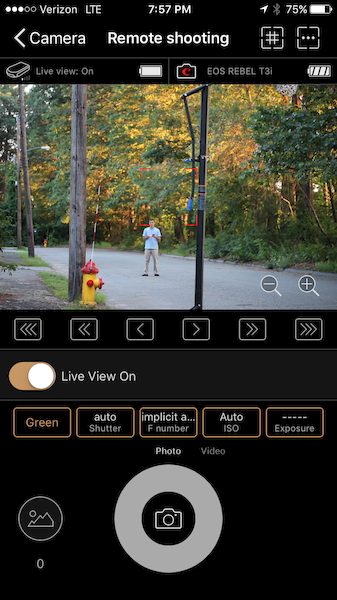
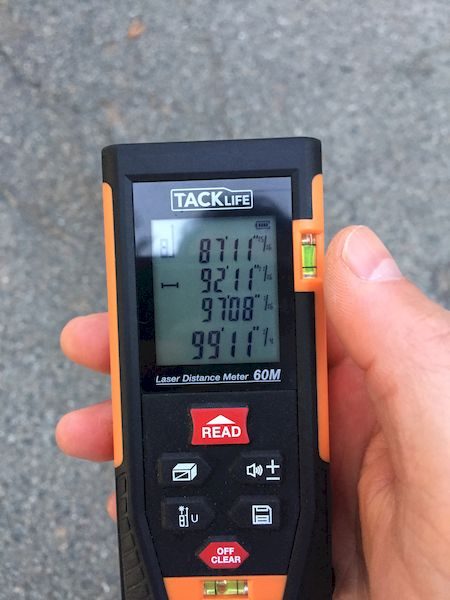
Here’s the camera on a tripod with a purple clipboard serving as a laser target for the distance meter.
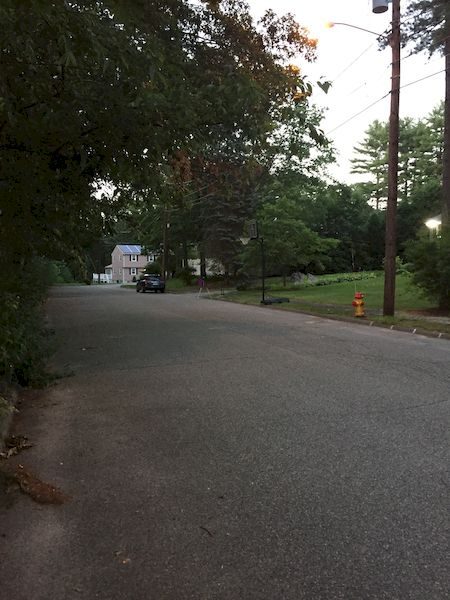
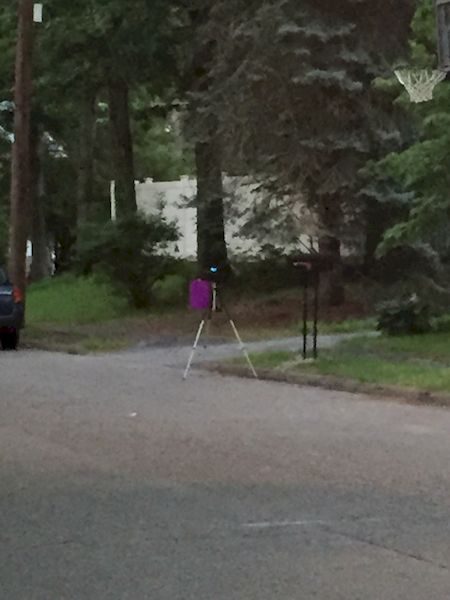
Most new cameras come equipped with built-in WiFi but my DSLR is older so it doesn’t have these features out of the box. It is great that I can add these features with an add on. If you have a WiFi camera with a bad app or a smaller range, the CamBuddy can still be used (assuming that the camera model is supported).
Except for remote shooting, the iPhone or Android device is only used to program the CamBuddy. For instance, the phone is used to program the intervalometer but the CamBuddy schedules the shots to occur at the prescribed time. Also, the phone does not need to be paired for the lighting, sound, or laser triggers to fire.
In order to test the intervalometer, I set the camera on a tripod and took pictures 10 minutes apart of the setting sun. 10 minutes is a long interval, but this was just to test how well the hardware performed and made the tripod getting bumped about halfway through a tolerable circumstance. The compiled video is linked below:
In order to test the sound trigger, I bounced a basketball in my basement against a tile floor. The camera went off quite quickly but was still slow for being able to catch the ball against the ground because Ii was using a shutter release. If you opt for using a flash trigger, you can prepare the camera in a darkened room and keep the shutter open, then the flash will go off when the sound is heard and the result should be a very crisp and quickly executed photo.
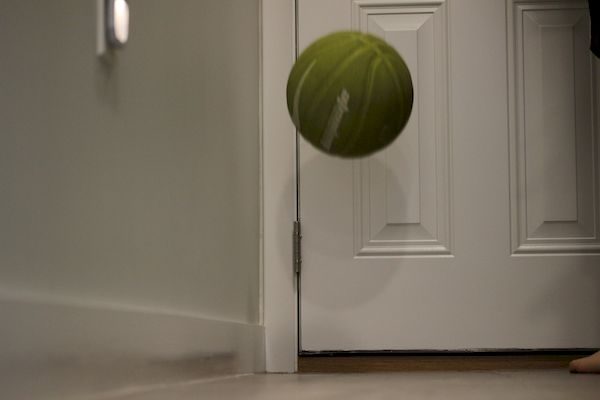
In order to test the light trigger, I tried using the CamBuddy as a reverse slow-synchro light triggered remote flash. I shot my flash against a door in a darkened hallway and triggered the camera to shoot when the flash lit the door up. This didn’t work too well in practice but it demonstrated the capability of the light trigger. The setup (with hallway lights on) and resultant picture (with lights off) is shown below.
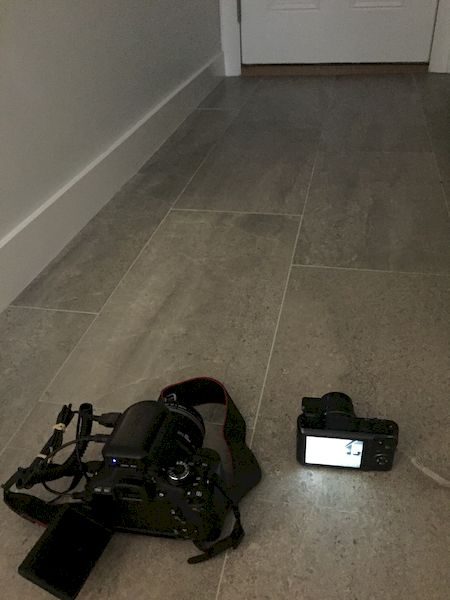
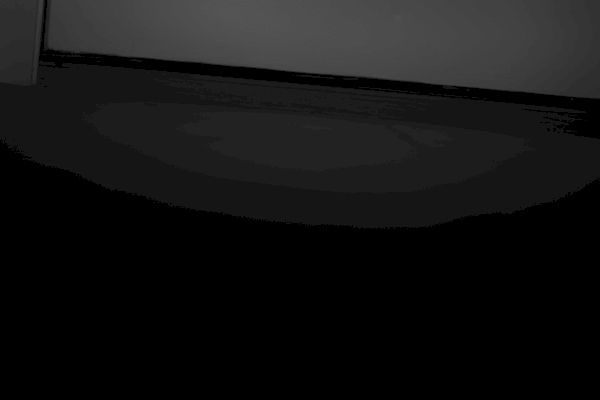
This should in theory work quite well for lightening since a lightening bolt is usually a lot slower than a camera flash. The laser trigger is generally a light trigger in reverse. I tested its operation by aiming the laser at the CamBuddy and then moving the beam, but the same effect could be achieved by having a subject interrupt the beam.
Its price of $199 is much less than the $1360 worth of features that the manufacturer claims it replaces into one, small attachment. There’s no denying that the CamBuddy is definitely a convergence device. The real test of a convergence device is if it can perform moderately as well as the devices it is replacing. Not having the collection of photographic instruments at my disposal to test this premise, I can only say that the CamBuddy did everything that it claimed to (with a small difference in WiFi range). After having tested all of the features of this unit I’m quite impressed. This little gadget does a lot and in the right hands will provide enormous freedom of creativity for the photographer.
Source: The sample for this review was provided by JooPic. Please visit their site for more info and Amazon to purchase.


